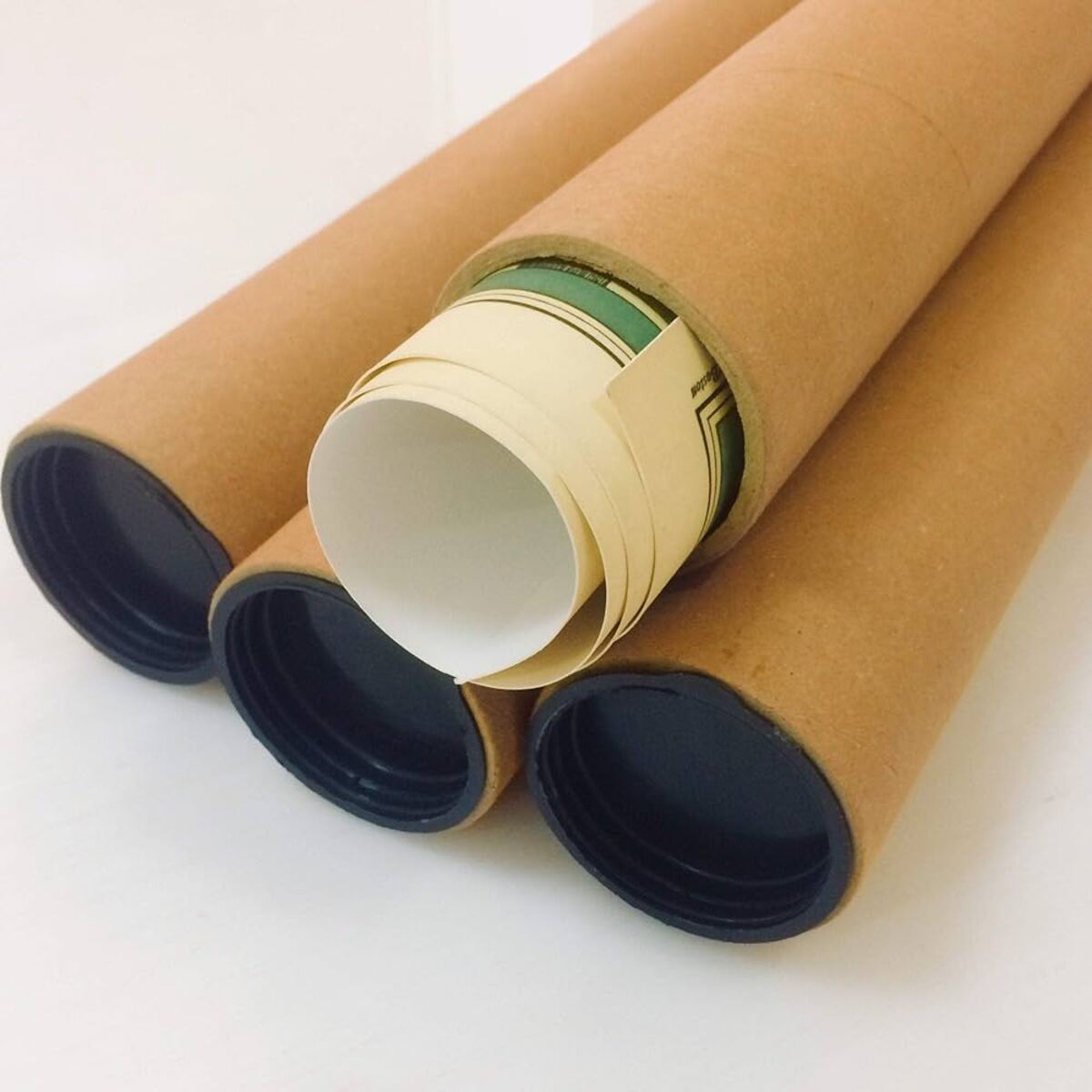

Articles
How To Store Posters When Moving
Modified: January 5, 2024
Discover effective ways to store posters during a move. Read our informative articles for helpful tips on preserving and protecting your precious posters.
(Many of the links in this article redirect to a specific reviewed product. Your purchase of these products through affiliate links helps to generate commission for Storables.com, at no extra cost. Learn more)
Introduction
When it comes to moving, one of the most delicate items to handle is posters. Whether you have vintage movie posters, art prints, or concert memorabilia, preserving them during the relocation process is crucial to maintaining their value and condition. Properly storing posters can help prevent any damage, such as creases, tears, or fading, which can greatly diminish their aesthetic appeal.
In this article, we will guide you through the process of safely storing posters when moving. By following these steps, you can ensure that your prized possessions arrive at your new location intact and ready to be displayed once more.
Before diving into the specifics, it’s important to note that the materials and techniques used in this article apply to various types of posters, including paper and canvas prints. However, keep in mind that each poster may have its own unique characteristics, so it’s essential to handle them with care and consider any individual requirements.
Key Takeaways:
- Safely store posters by gathering supplies, rolling carefully, and using protective coverings. Label containers and handle with care during transportation to ensure your prized possessions arrive intact and ready to display.
- Properly storing posters when moving is crucial for preserving their value and visual appeal. Take the necessary steps to protect your posters and ensure they arrive at their new destination in pristine condition.
Read more: How To Store Posters
Step 1: Gather necessary supplies
Before you start storing your posters, it’s essential to have the right supplies on hand. Here are the items you’ll need:
- Archival tubes or poster mailing tubes: These sturdy tubes are designed specifically for storing and protecting posters during transportation.
- Acid-free tissue paper: This delicate, pH-neutral paper helps prevent acid migration and protects the posters from moisture.
- Padding material: Use bubble wrap, foam sheets, or corrugated cardboard to provide additional cushioning for the posters.
- Packing tape: Opt for a durable, high-quality tape to secure the tubes or containers.
- Marker or labels: These will come in handy for labeling the containers and keeping track of the contents.
- Storage containers: Choose containers that are sturdy, moisture-resistant, and appropriately sized to accommodate your posters.
By gathering these supplies beforehand, you’ll ensure a smooth and efficient process when it comes time to pack and store your posters.
Step 2: Remove posters from frames or holders
Before storing your posters, it’s crucial to remove them from their frames or holders. This step helps protect the posters from potential damage and allows for easier storage and transportation. Here’s how to do it:
- Take your time: Remove the posters carefully to avoid tearing, creasing, or scratching them. Rushing this process can lead to irreversible damage.
- Unscrew or unclip: If your posters are held in frames, start by unscrewing or unclipping the back of the frame. Take out any glass or plastic covering and set it aside for cleaning.
- Separate the posters: If you have multiple posters in a single frame, gently separate them one by one. This will prevent any rubbing or sticking that could cause damage to the artwork.
- Remove any tape or adhesives: If your posters were taped or mounted onto a backing board, carefully remove any tape or adhesives. Using a heat source, such as a hairdryer on low heat, can help soften the adhesive and make removal easier.
By following these steps, you’ll ensure that your posters are free from any framing materials or adhesives that could potentially harm them during storage or transportation.
Step 3: Roll posters carefully
Once you have removed your posters from their frames or holders, it’s time to roll them carefully. Rolling your posters helps save space and prevents any creasing or folding that can damage the artwork. Here’s how to do it:
- Lay your poster flat: Start by laying your poster on a clean, flat surface. Make sure the surface is free of any debris or sharp objects to avoid scratching or tearing the artwork.
- Position the poster correctly: Determine which side of the poster you want to be the front. Keep in mind any signatures or important details that you want to preserve.
- Roll the poster: Begin rolling the poster from one side to the other, starting at the bottom. Roll it tightly but gently, ensuring that the image is on the inside to protect it from potential damage.
- Secure the rolled poster: Once the poster is rolled, secure it with a piece of acid-free tissue paper or archival plastic wrap. This extra layer of protection will help prevent any dust or moisture from reaching the poster.
It’s important to note that if your poster is on canvas or has a delicate surface, rolling may not be the best option. In these cases, consider using flat storage methods, such as placing the posters between acid-free boards or in protective sleeves.
By rolling your posters carefully, you’ll ensure that they stay protected and free from any creases or damage during storage and transportation.
Step 4: Prepare protective covering
After rolling your posters, it’s essential to prepare a protective covering to safeguard them from any potential damage. This step is crucial to ensure the longevity and preservation of your artwork. Here’s how to do it:
- Acid-free tissue paper: Begin by placing a sheet of acid-free tissue paper on a clean surface.
- Unroll the poster: Carefully unroll the poster on top of the acid-free tissue paper, ensuring that the image side is facing upwards.
- Add a layer of protection: Place an additional sheet of acid-free tissue paper over the poster. This extra layer of protection will help prevent any scratches or marks during storage.
- Secure the protective covering: Gently fold the tissue paper around the poster, making sure to leave enough room for the rolled poster to fit comfortably into the storage container.
It’s important to use acid-free tissue paper as it will not degrade or harm your posters over time. Avoid using regular tissue paper, newspaper, or any materials that may contain acids or dyes that could potentially damage the artwork.
By preparing a protective covering with acid-free tissue paper, you’ll provide an additional layer of defense to keep your posters safe from scratches, dust, and other potential hazards.
Roll posters in acid-free tissue paper and place them in a sturdy poster tube for safe transport during a move. Avoid folding or bending the posters to prevent damage.
Read more: How To Store Poster Board
Step 5: Store posters in appropriate containers
Once you have prepared the protective covering for your posters, it’s time to store them in appropriate containers. Choosing the right containers ensures that your posters are safe from external elements and helps maintain their condition throughout the moving process. Follow these steps to store your posters correctly:
- Select suitable containers: Opt for containers that are sturdy, moisture-resistant, and appropriately sized to accommodate your rolled posters. Archival tubes, poster mailing tubes, or document storage boxes are excellent choices for storing posters.
- Place the rolled posters: Carefully place the rolled posters into the containers. Ensure that they fit snugly and are not crowded. This will prevent any shifting or movement during transportation.
- Add extra protection: If you have multiple posters, consider placing a layer of padding material, such as bubble wrap or foam sheets, between each poster. This will provide additional cushioning and prevent them from rubbing against each other.
- Fill up empty spaces: If there is any empty space in the container, fill it with packing peanuts or crumpled acid-free tissue paper. This helps prevent movement and provides extra support to the posters.
When storing posters, it’s crucial to keep them upright or in a vertical position. Storing them horizontally can put unnecessary pressure on the rolled posters, potentially causing damage.
By storing your posters in appropriate containers and adding extra protection, you’ll ensure that they remain safe and secure throughout the moving process.
Step 6: Label the containers
Properly labeling the containers is an important step in organizing and identifying your stored posters. Clear and accurate labeling will make it easier for you to locate specific posters later on. Follow these steps to label your containers effectively:
- Use a marker or labels: Write down the contents of each container with a permanent marker or affix pre-printed labels. Include information such as the titles of the posters, any relevant details, and any special handling instructions.
- Number the containers: Assign a number to each container and create a corresponding list or inventory. This list will help you keep track of the posters and their respective containers.
- Add fragile or sensitive labels: If you have any particularly delicate or valuable posters, add a “fragile” or “handle with care” label to the container. This will serve as a reminder to exercise caution when handling these specific items.
- Keep the labels visible: Place the labels on the outside of the containers in a visible and accessible location. This will make it easier to identify the contents without having to open the containers or disturb the other stored items.
By labeling your containers appropriately, you’ll ensure that you can locate specific posters quickly and handle them with care when unpacking.
Step 7: Handle with care during transportation
During the moving process, it’s crucial to handle your containers of posters with utmost care to prevent any damage or deterioration. Here are some essential tips to follow:
- Keep posters upright: When loading the containers into a moving vehicle, make sure to keep them in an upright position. This helps prevent any unnecessary pressure or shifting that could potentially damage the rolled posters.
- Secure the containers: Use straps or bungee cords to secure the containers and prevent them from sliding or moving during transportation. This also helps maintain the vertical position of the posters.
- Avoid extreme temperatures and humidity: Extreme temperatures and high humidity can be detrimental to your posters. During transportation, try to avoid exposing them to these conditions. If necessary, consider using climate-controlled transport options.
- Minimize vibrations and impacts: Try to minimize vibrations and impacts during transportation by choosing a well-paved route and driving carefully. If possible, place the containers in an area of the vehicle that experiences minimal movements.
- Unpack with care: When you arrive at your new location, handle the containers with care during the unpacking process. Take your time to carefully remove the posters from their containers and unroll them gently.
By handling your posters with care during transportation, you’ll ensure that they arrive safely at your new location without any damage or loss in quality.
Conclusion
Properly storing posters when moving is essential for preserving their value, condition, and visual appeal. By following the steps outlined in this article, you can ensure that your posters remain protected throughout the moving process and arrive at your new location in excellent condition.
Gathering the necessary supplies, removing posters from frames or holders, rolling them carefully, preparing a protective covering, and storing them in appropriate containers are all vital steps in the process. Taking the time to label the containers and handle them with care during transportation further ensures the safety of your posters.
Remember, each poster may have its own unique requirements, so it’s essential to handle them with care and consider any individual instructions or recommendations. If you have valuable or irreplaceable posters, you may also want to consider seeking professional assistance to ensure the highest level of protection.
By properly storing your posters, you can enjoy them for years to come and preserve their beauty and value. So, when it’s time to move, take the necessary steps to protect your posters and ensure they arrive at their new destination in pristine condition.
Frequently Asked Questions about How To Store Posters When Moving
Was this page helpful?
At Storables.com, we guarantee accurate and reliable information. Our content, validated by Expert Board Contributors, is crafted following stringent Editorial Policies. We're committed to providing you with well-researched, expert-backed insights for all your informational needs.
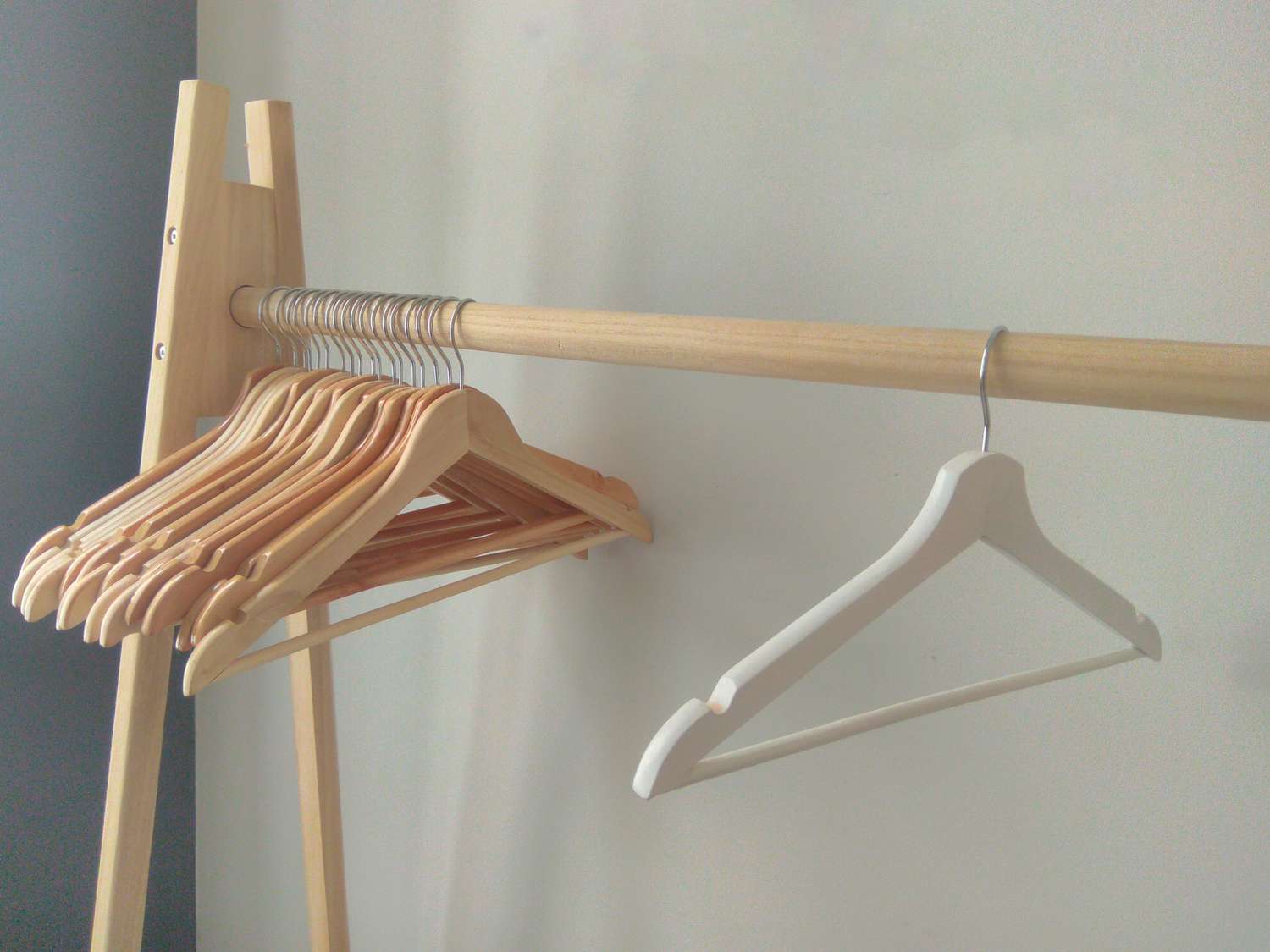
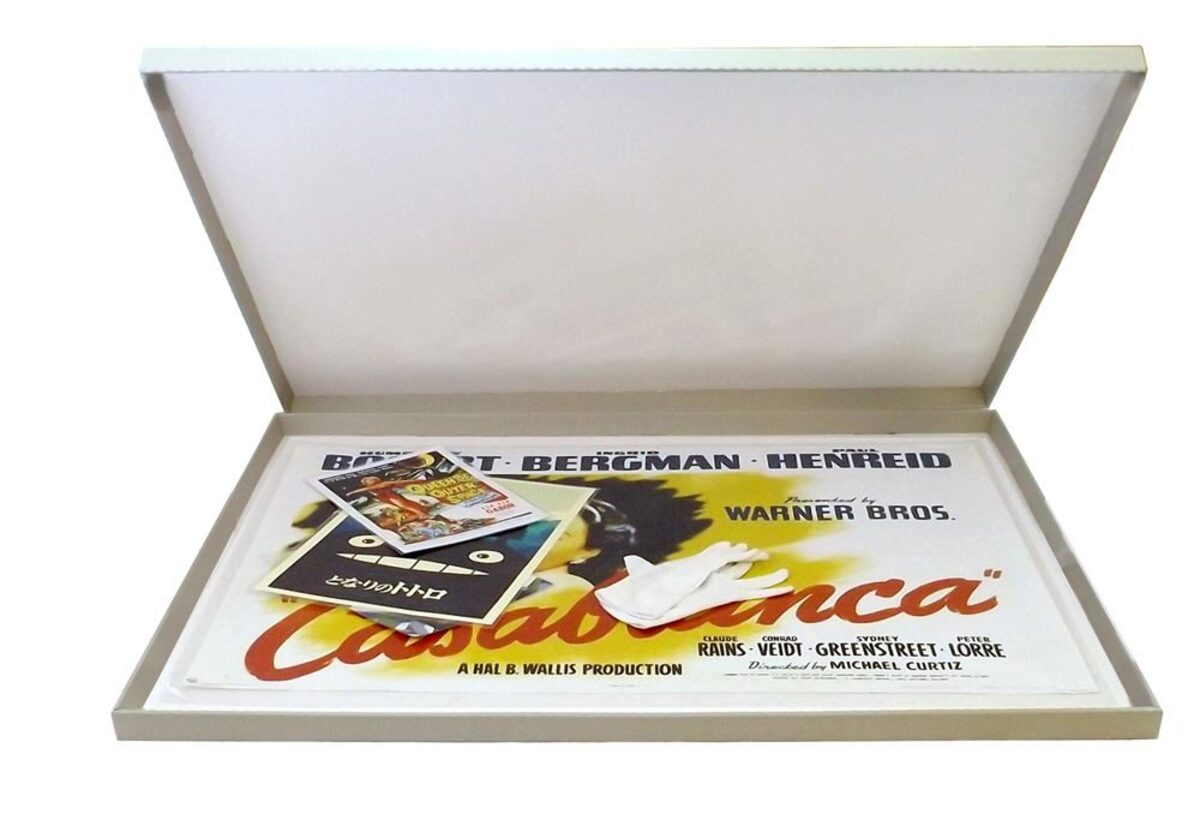
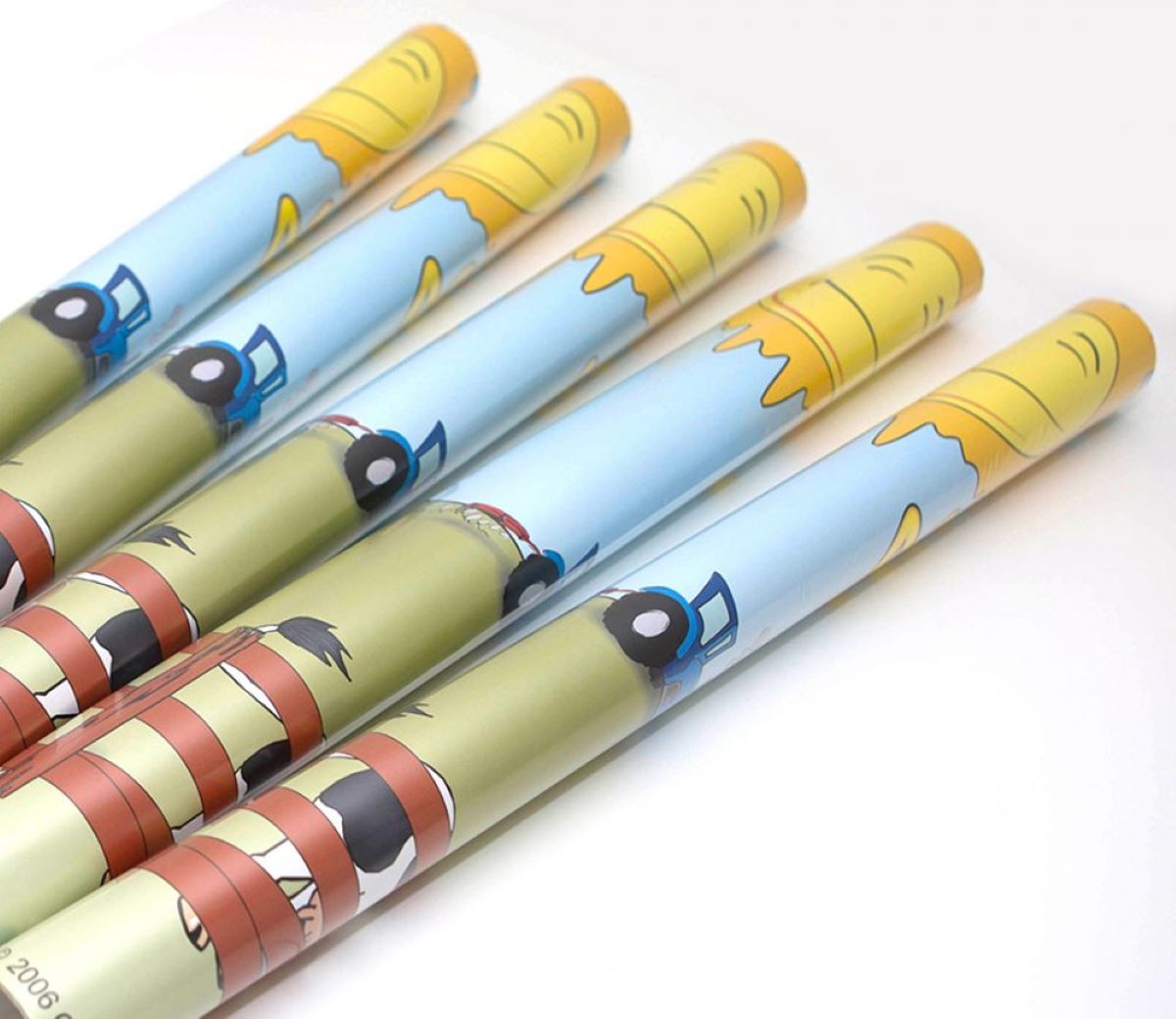

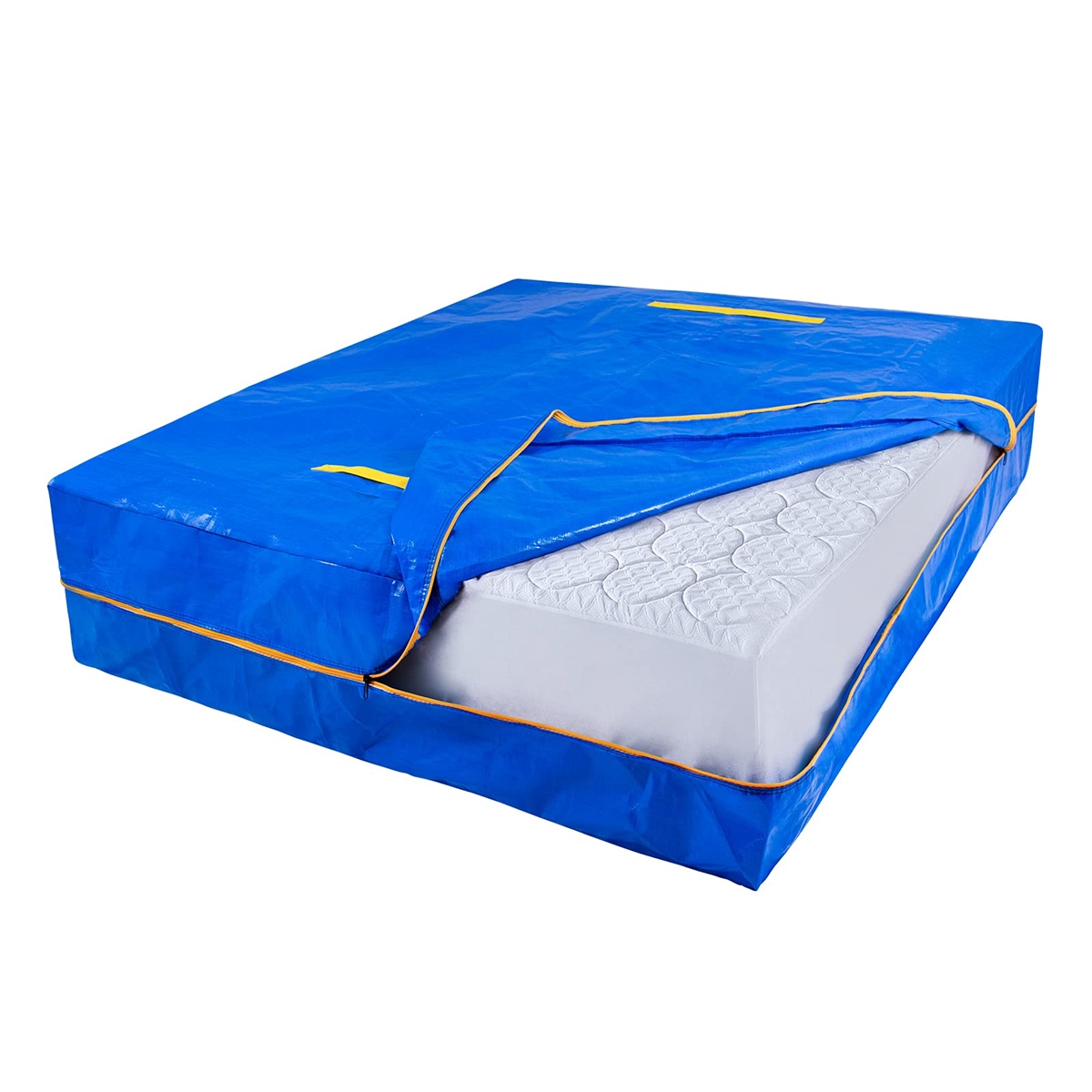

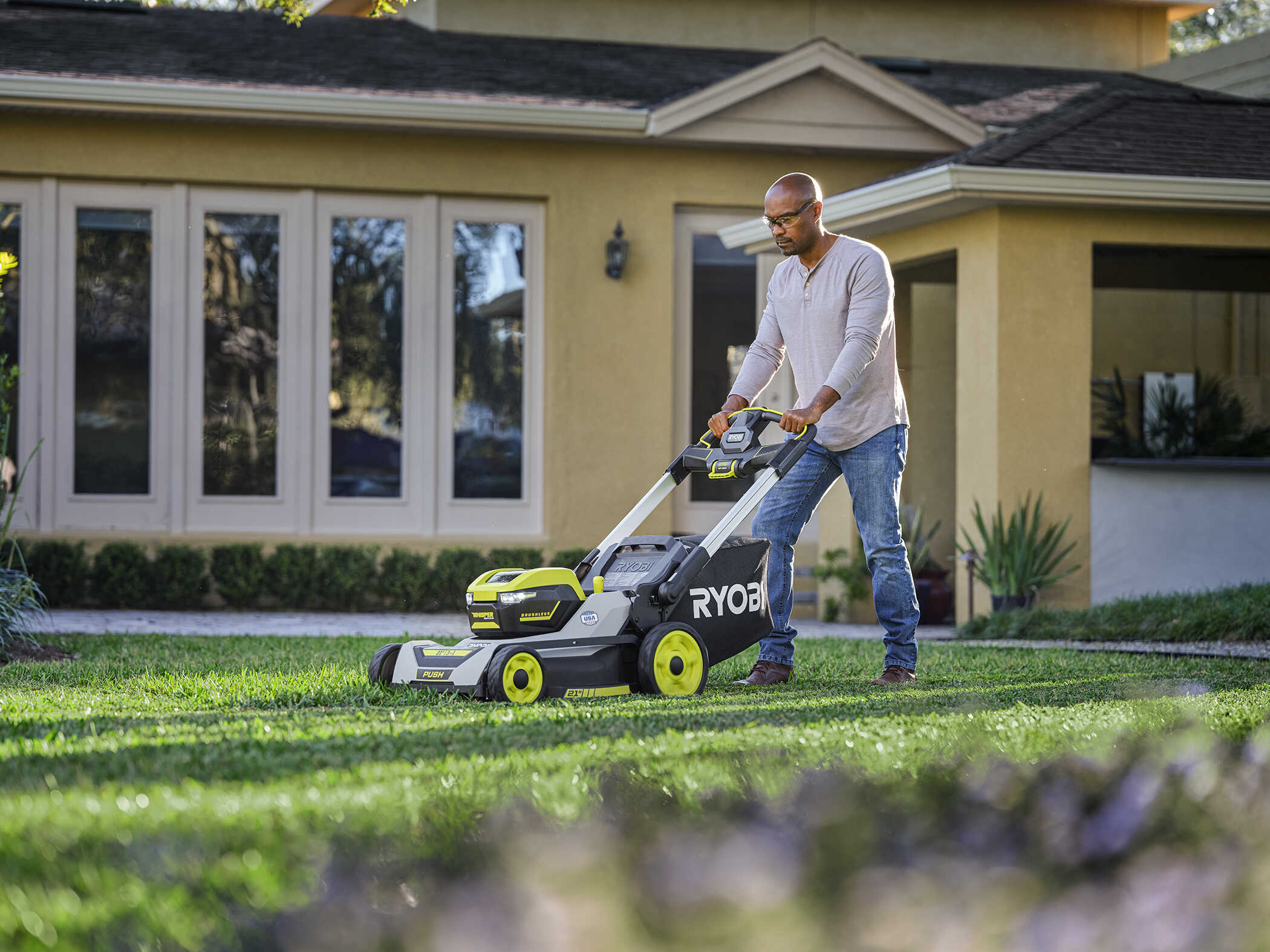
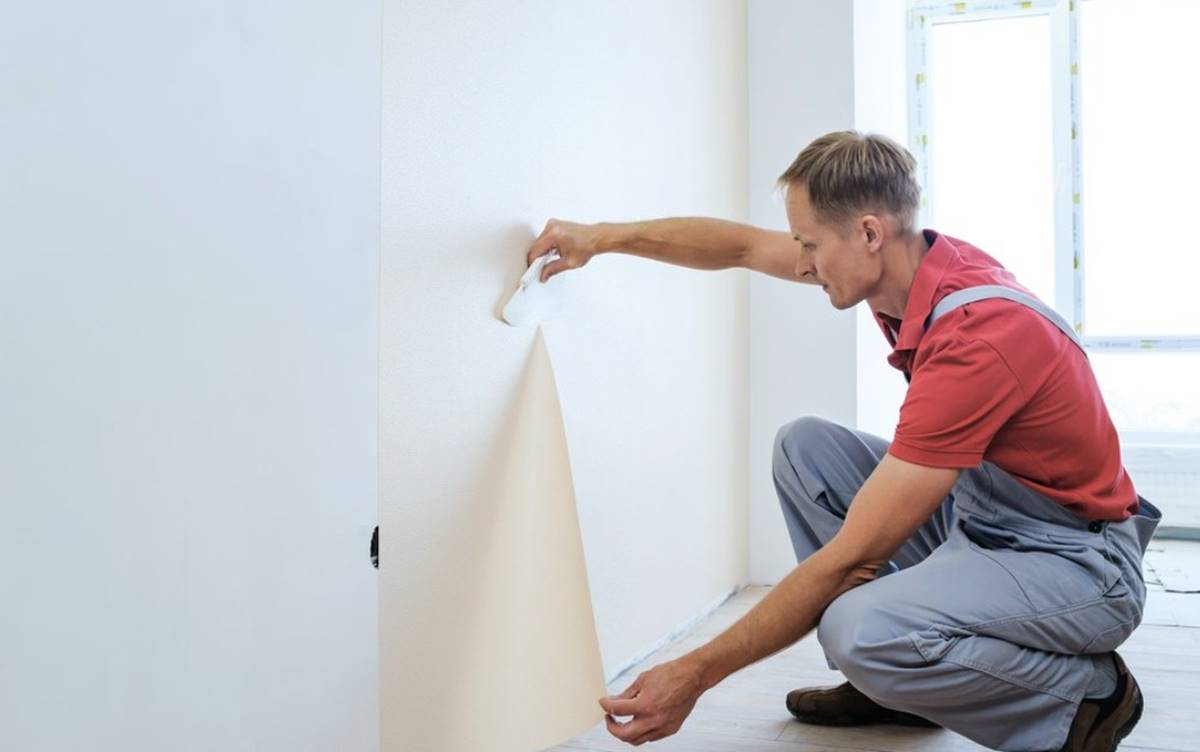


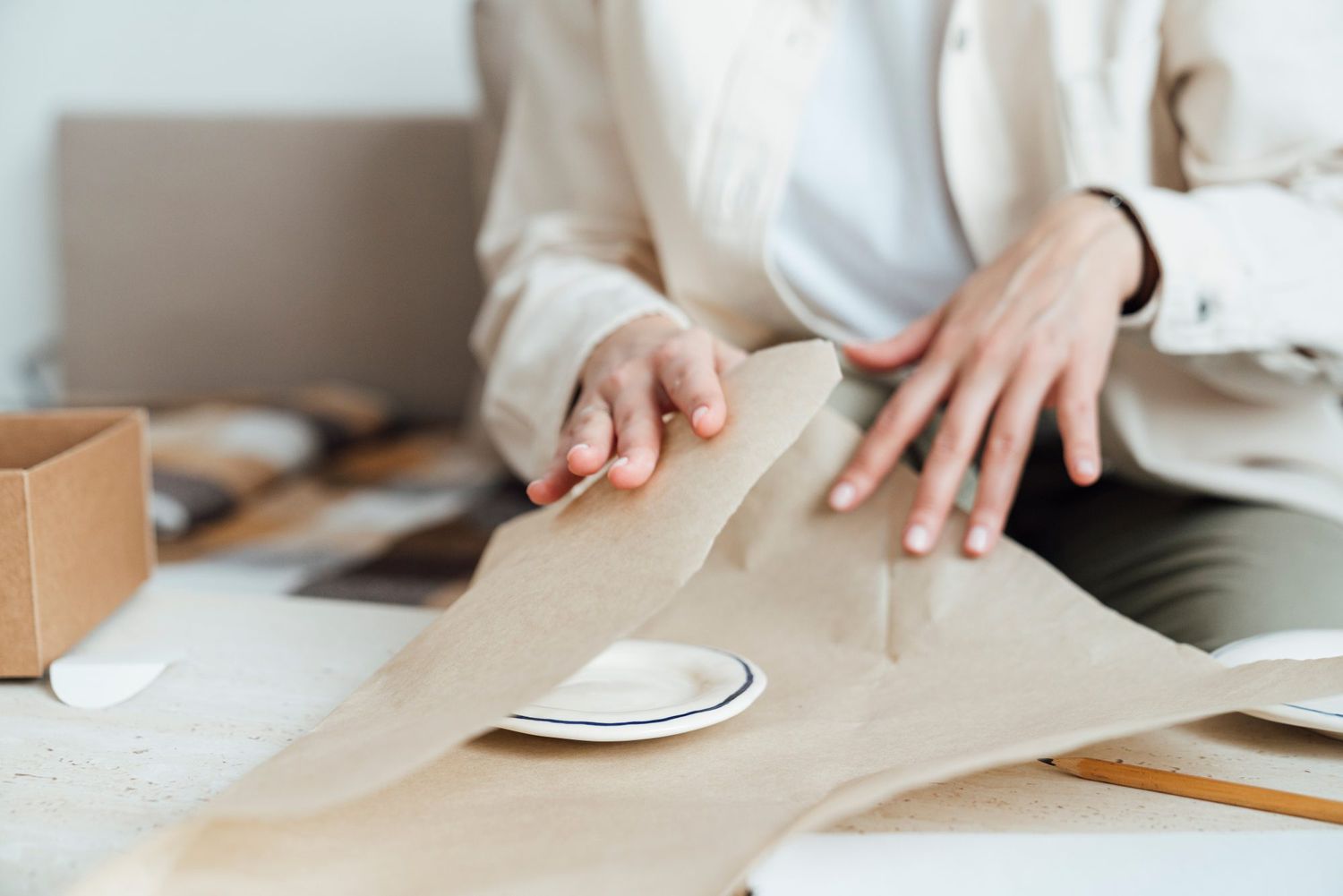

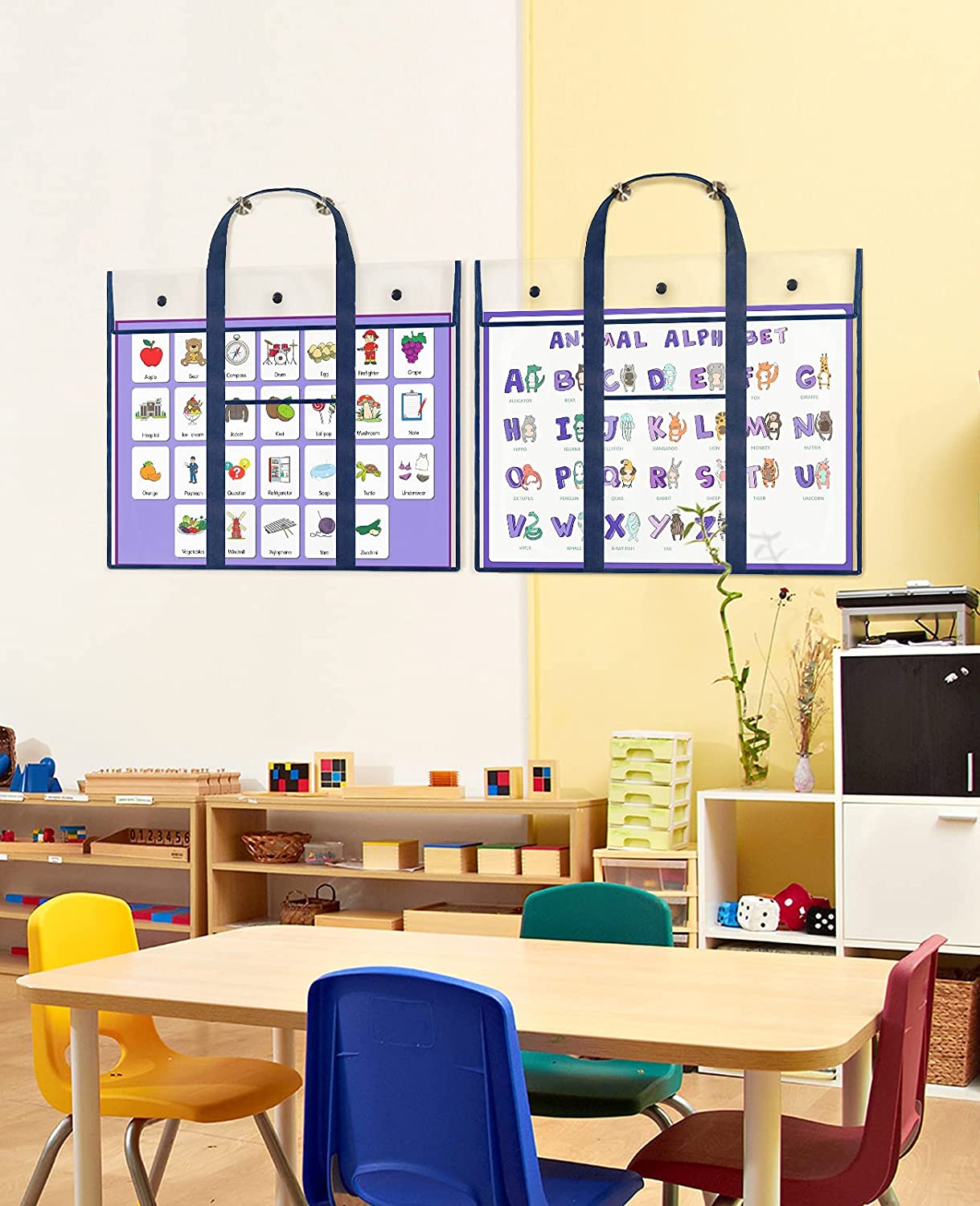


0 thoughts on “How To Store Posters When Moving”